On 7 December, in the village of Kopytów in the Lublin Province, in the area of the Polish-Belarusian border, the Minister of National Defence Mariusz Błaszczak handed them over to the 2nd Hrubieszowski Reconnaissance Regiment, and the 9th Warmiński Reconnaissance Regiment, as well as to the Land Forces Training Centre in Poznań.
 Polish Ministry of Defence handed to the troops the first batch of 25 „Żmija” („Viper”) Light Long Range Reconnaissance Vehicles / photos: Polish MOD
Polish Ministry of Defence handed to the troops the first batch of 25 „Żmija” („Viper”) Light Long Range Reconnaissance Vehicles / photos: Polish MOD
Deliveries of the vehicles are the result of the contract codenamed “Żmija”, concluded on 6 September 2017 between the Inspectorate of Armament and the consortium composed of: Polish Defense Holding (PHO) and Concept company from Bielsko-Biała. The agreement, worth PLN 90,712,500 gross (PLN 73,750,000 net) provides for the delivery of 118 vehicles type LPU Virus 4 in the PDR version of “”Żmija”. Originally delivery of the first batch of 25 vehicles was to start in 2020, but it was delayed due to Covid-19 pandemic (Eurosatory 2018: Dino 519 Premiere).
The “Żmija” programme was included in the Technical Modernisation Schedule for the 2013-2022, as a task, Patrol Reconnaissance (later altered to Operational Patrol Reconnaissance), together with the IT system of collecting, analysing and distribution of information within ISTAR (patrol, reconnaissance, long range, electronic, pictorial and personal) codenamed “Sowa” (“Owl”), the Light Armoured Reconnaissance Transport Vehicles (LOTR), “Kleszcz” (“Tick”), an automated system of collecting, gathering, processing and distribution of reconnaissance messages received from the elements of the long range systom codenemed “Pająk” (“Spider”), and the umnanned ground vehicles “Tarantula”.
Description
The Long Range Reconnaissance Vehicles of the “Wirus” 4 Type (“Virus” 4), are designed to conduct reconnaissance within the enemy groupement at a depth of up to 150 km, combatting slightly armoured targets, as well as the low-flying airborne targets, and to provide fire support to the troops reconnoitring on foot.
The vehicles provide the possibility of dynamic movement both on roads and in difficult terrain, at any time of day, in various wheather conditions, and are adapted to be transported by air using helicopters (on external suspension), and transport aircraft from which they can be dropped on the parachutes.
The vehicles provide autonomous and long-term implementation of reconnaissance tasks by the crew in isolation from their own troops and their structure have the ability to transport the supplies for various kinds of weapons measures.
The vehicles are based on the modified pickup car chassis, have 180 HP diesel engine with a maximum torque 430 Nm, and have been equipped with a 6-speed manual gearbox with a reduction box with a blockade of inter-axial differential mechanism, implementing one of four modes of work: 4×2, 4×4, 4×4, clocked and 4×4 with reduction box. They have an armour in accordance with level 1 STANAG 4569 Annex B and run-flat type tyres.
In addition, the vehicles have been equipped with a wireless system that allows communication to a distance of up to 150 km, the towing hooks for a second vehicle with the same DMC, and also have been equipped with a electric winch with the ability to tow the second vehicle with the same DMC, including attachments for being transported suspended by a helicopter, as well as a winch to self-evacuation with a rope movement of a rope forward and backward. The vehicles also have a system of easily disassembled platforms for transporting equipment outside a vehicle, and the heating and ventilation systems, independent of whether the engine works or not.
The maximum speed of the vehicle with full load is 135 km/h on the roads and 85 km/h on the paving paths. The range of a fully loaded vehicle using a 55 litre fuel tank is 500 km and can be increased to approximately 900 km due to the possibility of transporting two 20 litre fuel canisters. The height and width of the vehicle is about 2 m, and its length is about 4 m. The allowed total weight (DMC) is 2.7 t, of which 1.8 t is the vehicle’s own weight, and 0.9 t can be a crew cargo plus armament. The minimum clearance of the vehicle is 240 mm, and the angles of incidence, descent and ramp are 45/65/35 degrees respectively. The vehicle is of high mobility and allows to overcome driveways of the slope of up to 40 degrees of verical tilt and the sideway traverse of 40 degrees, the depth of fording is 0.5 m, and crossing a ditch 0.6 m wide, as well as a wall 300 mm high.


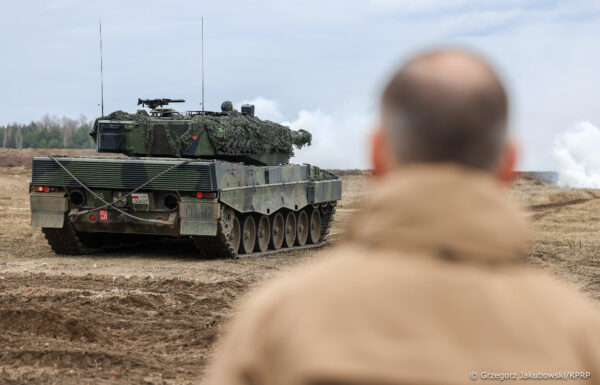
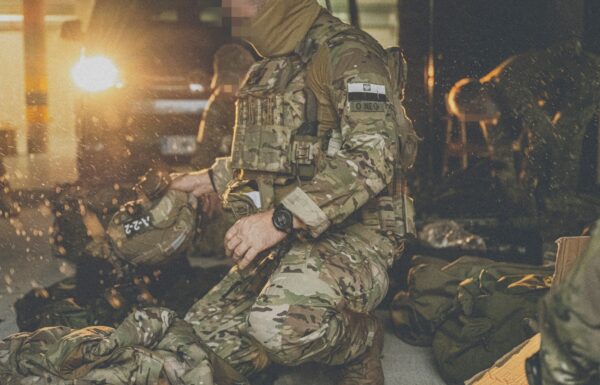
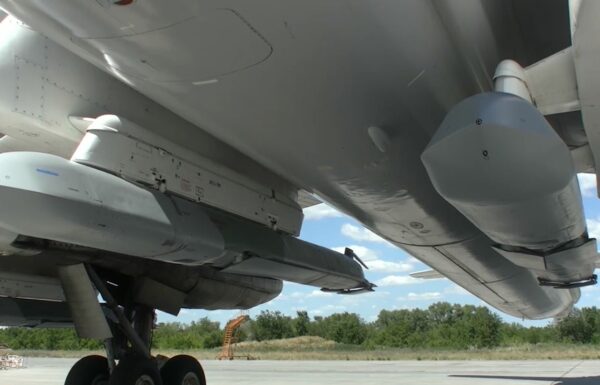
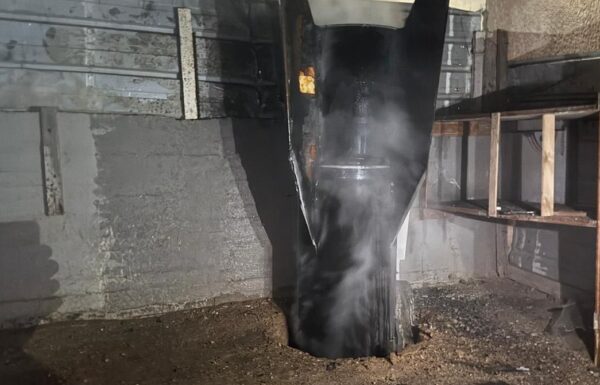





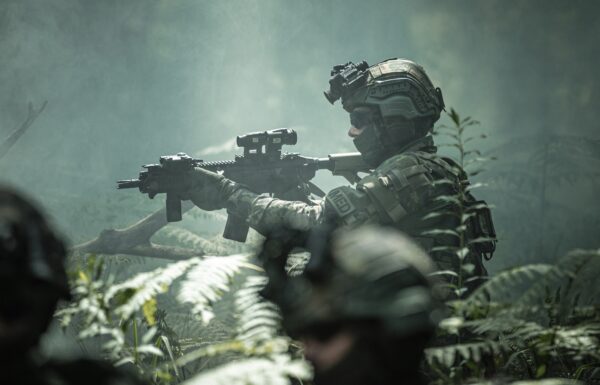




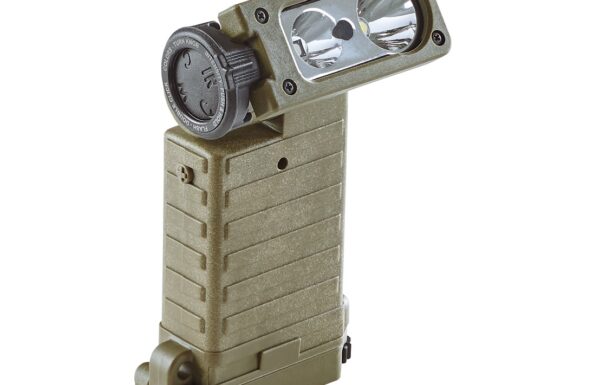
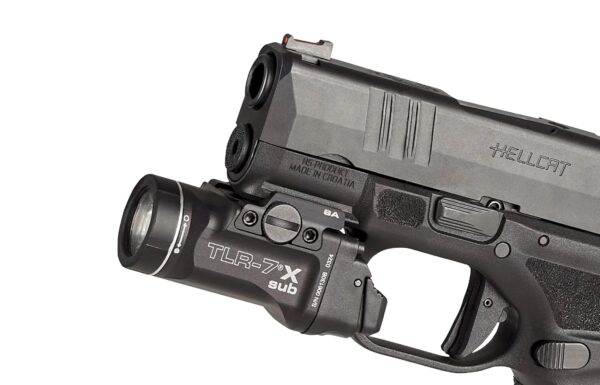
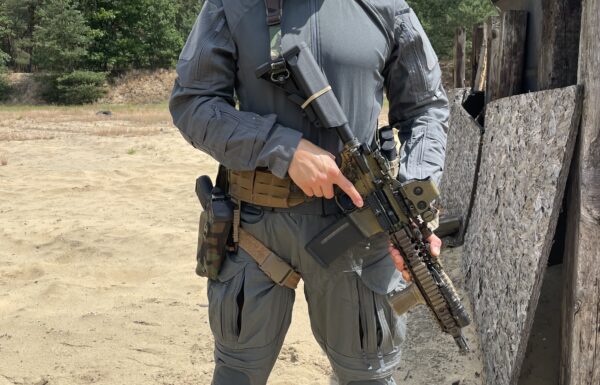

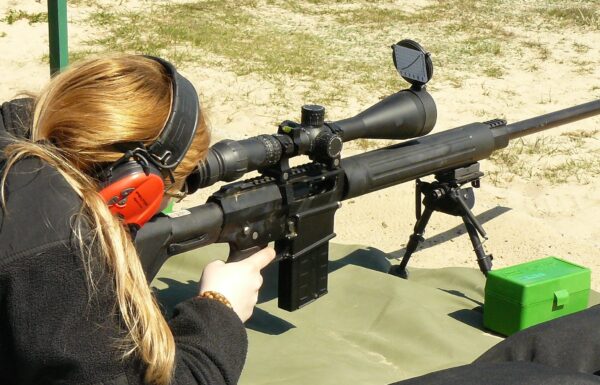


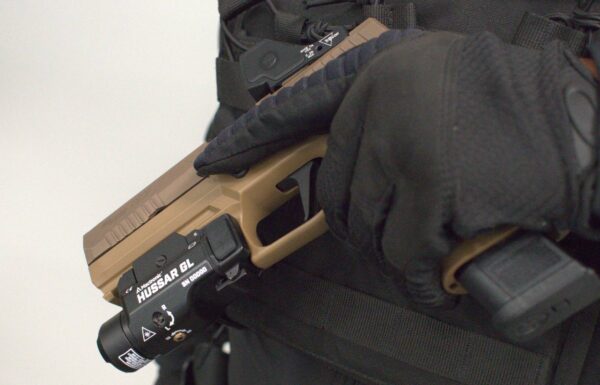
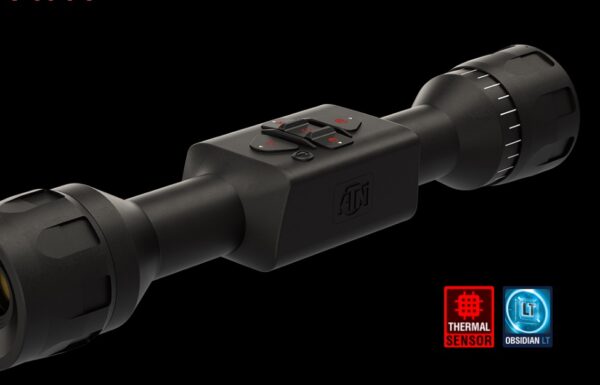

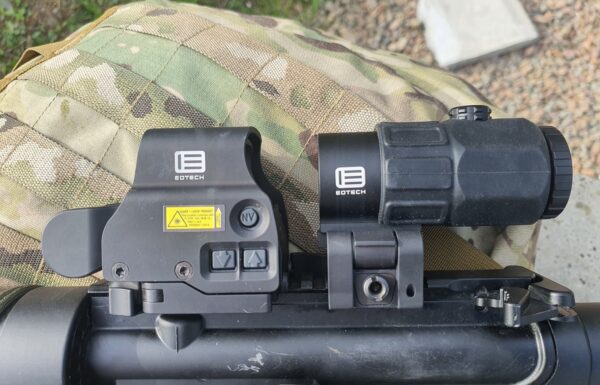
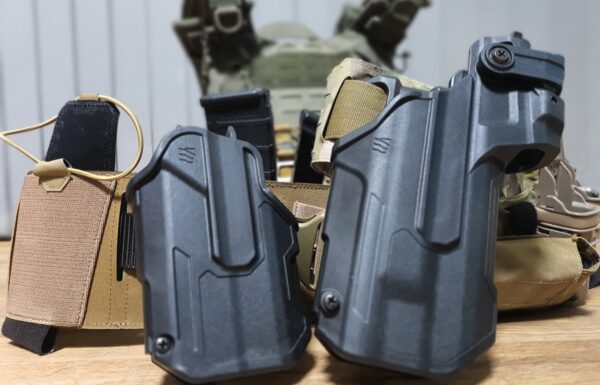



Comments
Nobody has commented on this article yet.